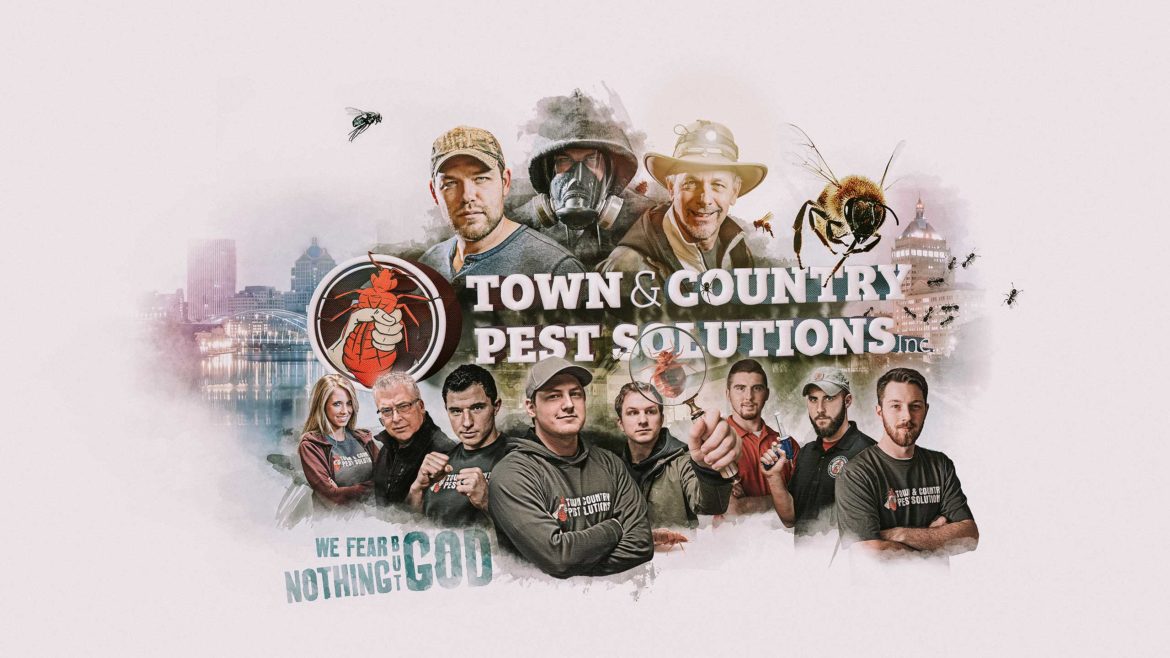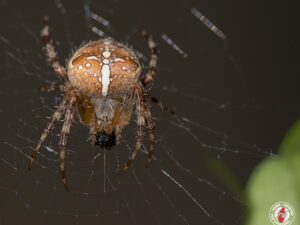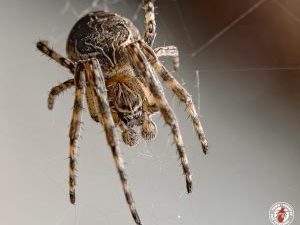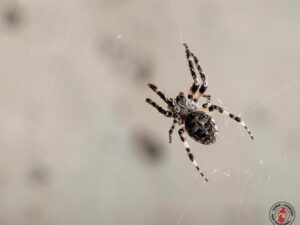
Black widows are notorious for their highly venomous bites that can be fatal without medical treatment. It is widely assumed that black widows only inhabit the southern states, but this is definitely not the case. The US is home to three black widow spider species and two additional widow spider species from the Latrodectus genus. The three black widow spider species that inhabit the country are known as western black widows (L. hesperus), southern black widows (L. mactans), and northern black widows (L. variolus). The two additional Latrodectus spider species in the US are known as brown widows (L. geometricus) and red widows (L. bishopi). Both the brown and red widow spider species are known for their medically significant bites, and the former can be found in most of the southernmost states, while the latter can only be found in Florida. The western black widow can only be found in the far west, but both the southern and northern black widow spider species can be found in New York state, much to the surprise of many residents.
The media often reports on seemingly rare incidents in which black widows are encountered in produce boxes that had been shipped from southern California to New York. The implication being that black widows do not belong as far north as New York. However, the northern black widow spider’s habitat distribution extends well into eastern Canada, and while the southern species is most prevalent in the southeast, they are found in New York and several other northeastern states, including New Hampshire. Not long ago, Jody Gangloff-Kaufmann, the New York state community IPM coordinator, documented a large number of northern black widows inhabiting a greenhouse on Staten Island, and three years ago, a girl in the northeast had to be hospitalized after sustaining a black widow bite at her home. Some years have seen black widow populations explode in New York, but they are not spotted within homes in the state often. Female southern black widows are between 8 and 10 mm in length (not including the legs), while males are half this size. Unlike males, females have a red hourglass marking on the underside of their abdomen, and males have four pairs of red and white stripes on the sides of their abdomen. Northern black widows are similar to their southern relatives in appearance, only their abdomen features multiple red spots that do not form a distinct hourglass shape. The northern black widow is encountered more frequently than the southern species in New York, and they are often found in crowded storage rooms, garages, basements and in any indoor area where clutter is abundant.
Have you ever encountered a black widow spider in your home?












